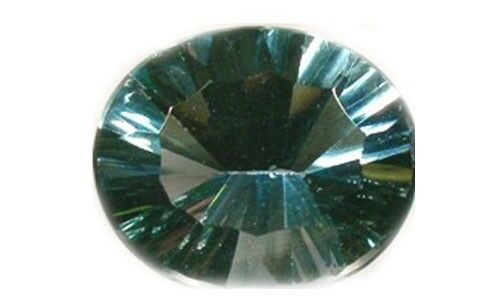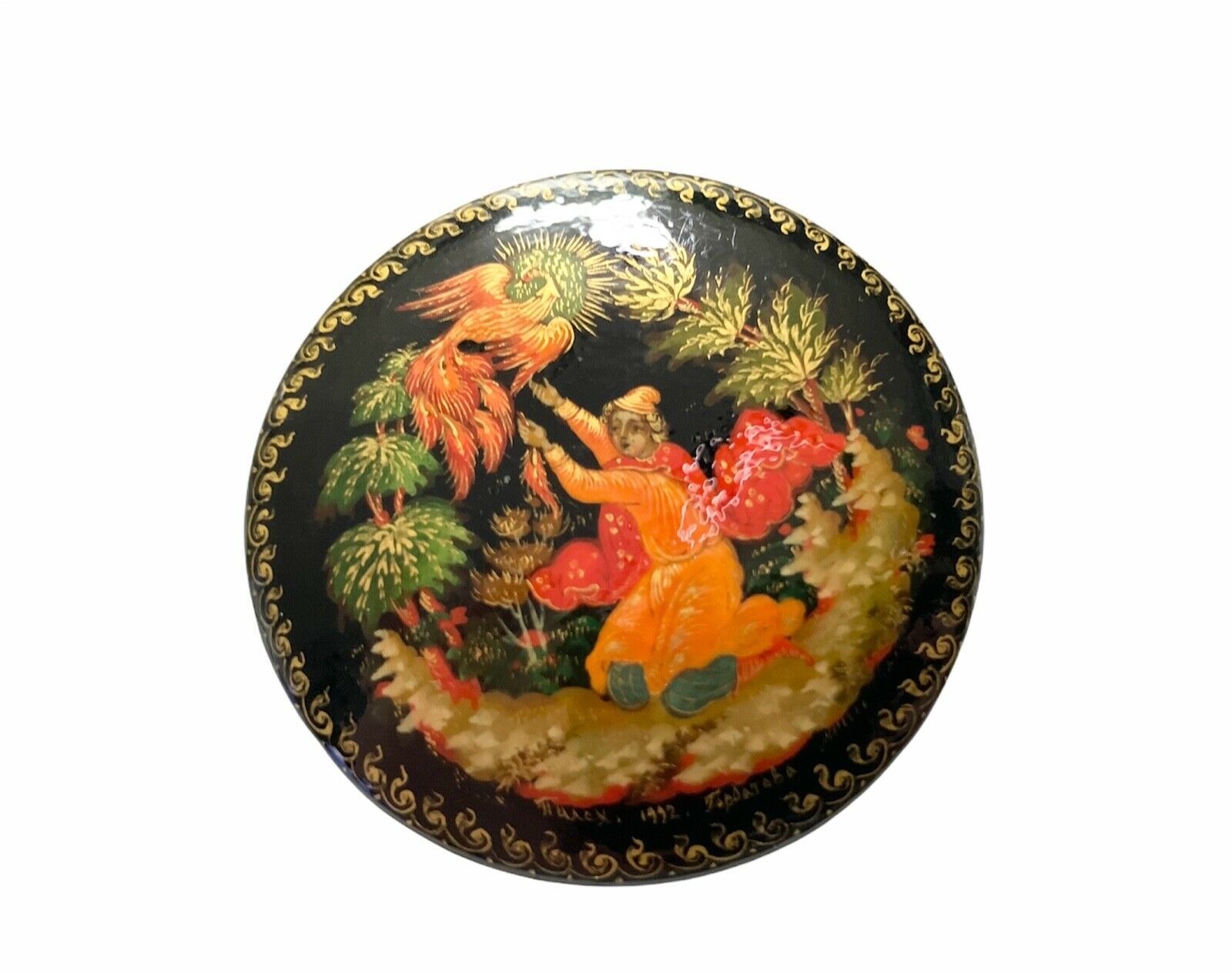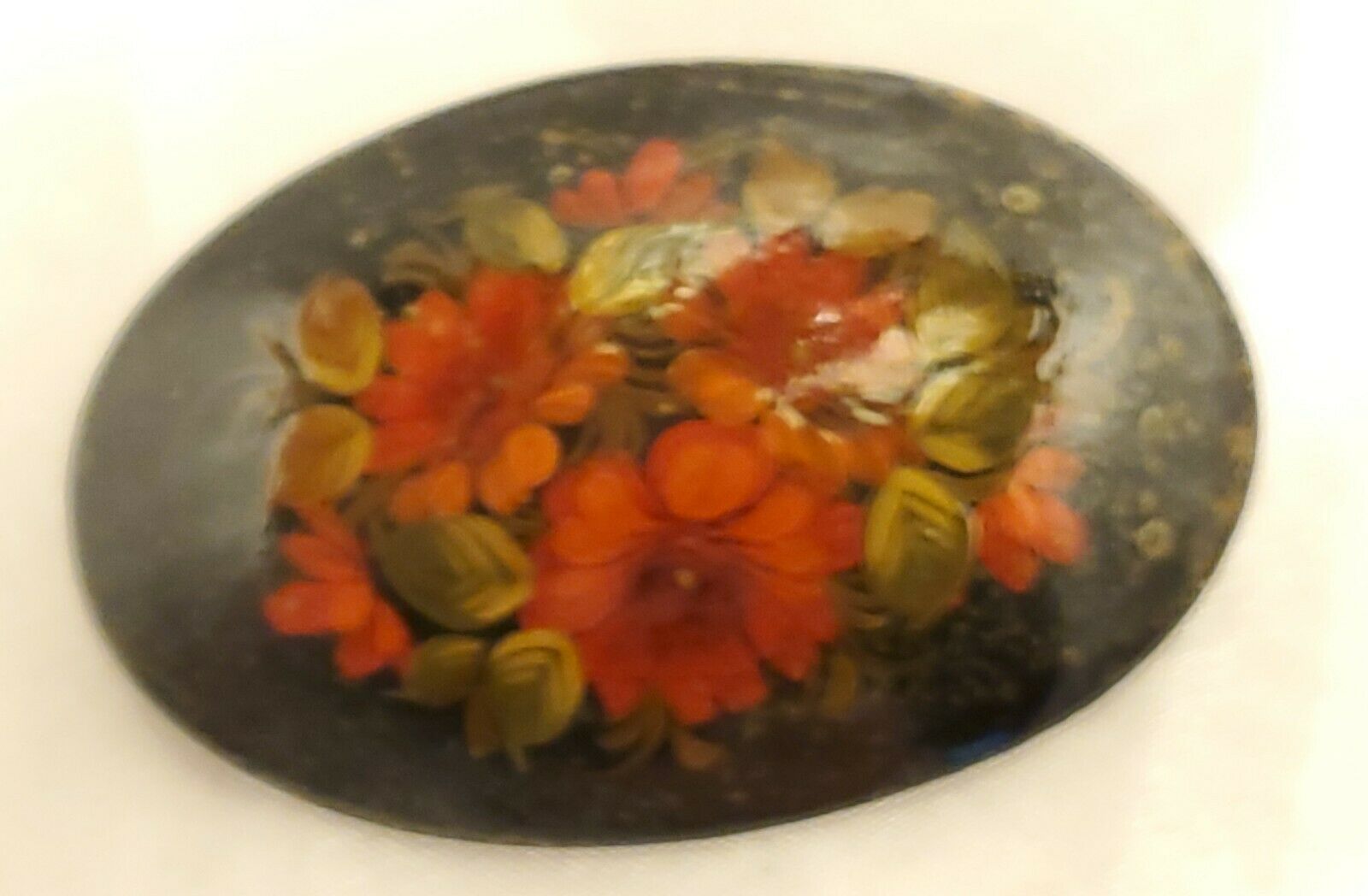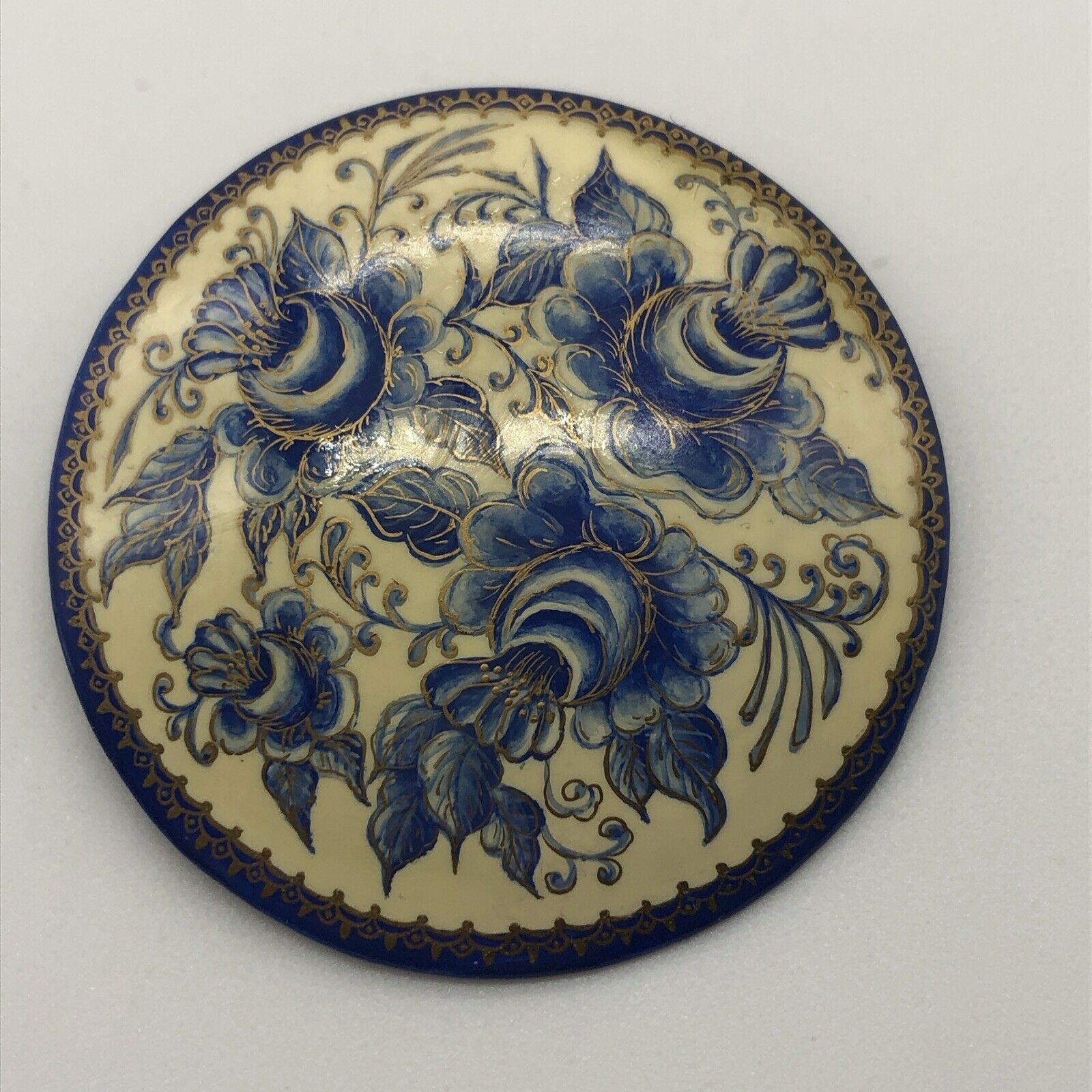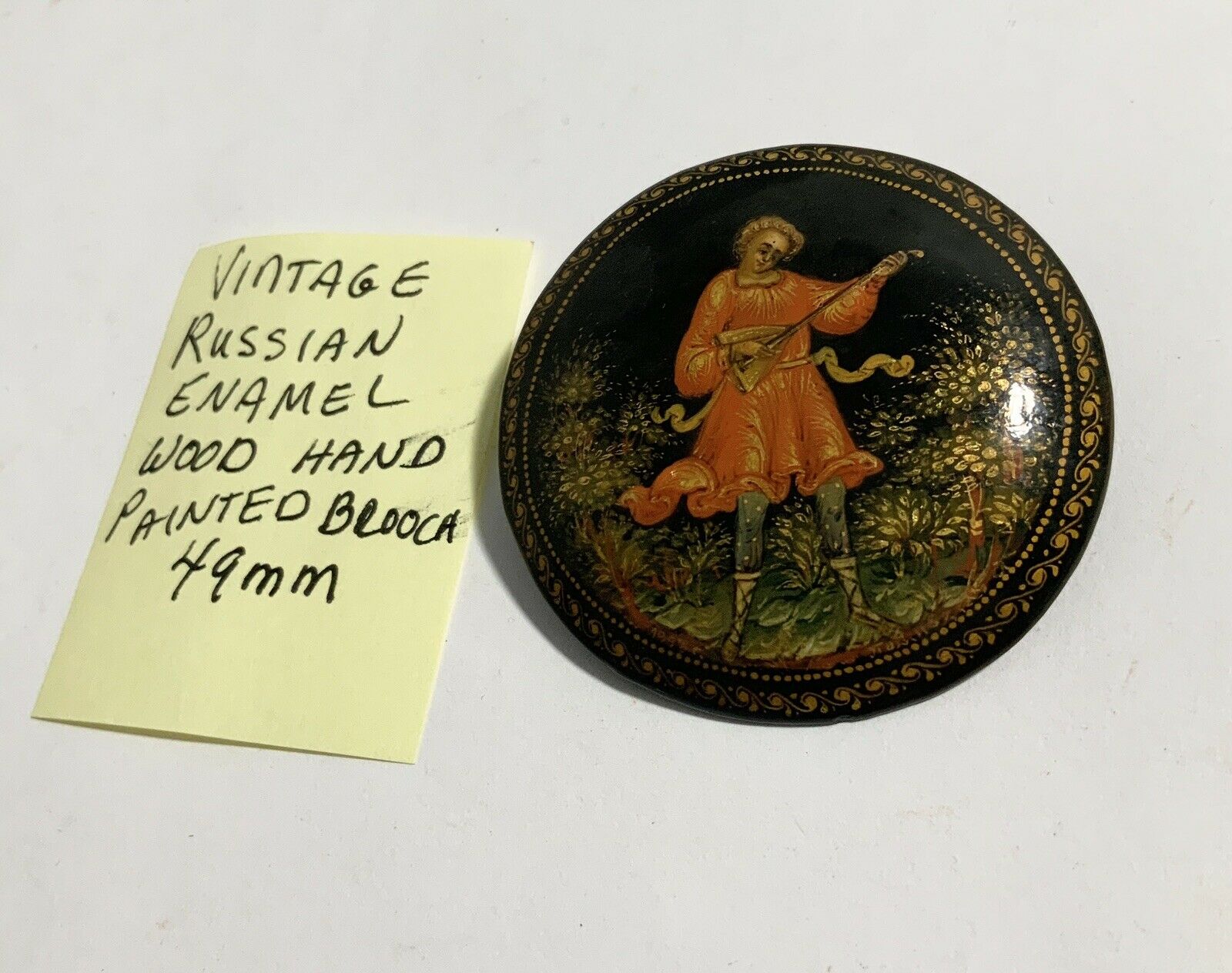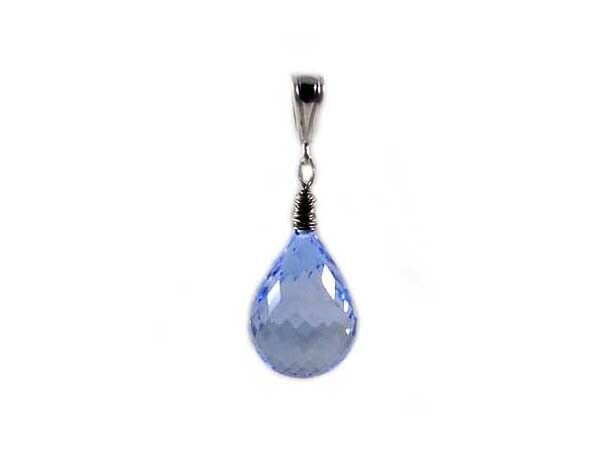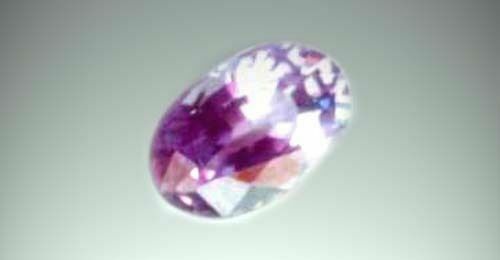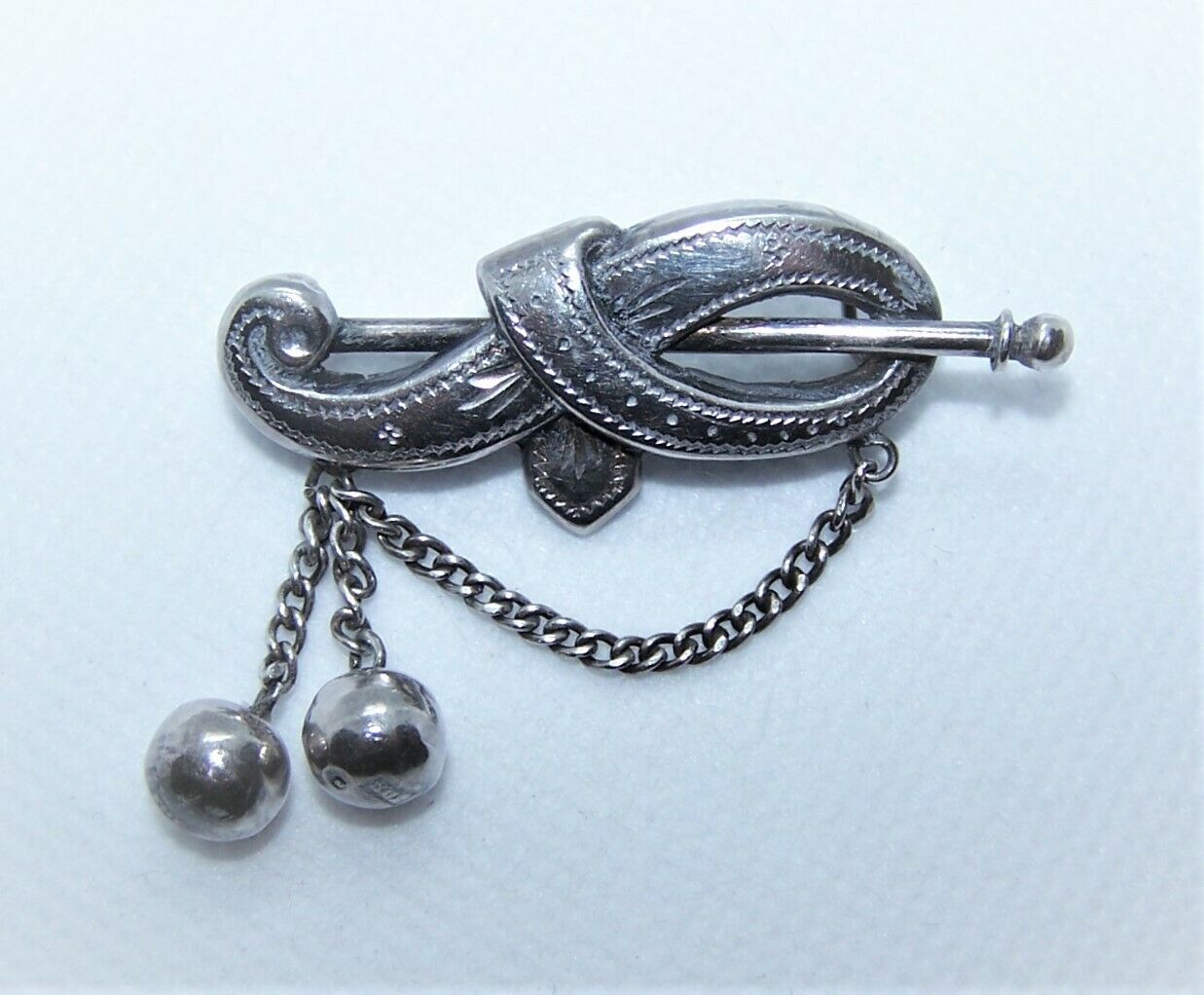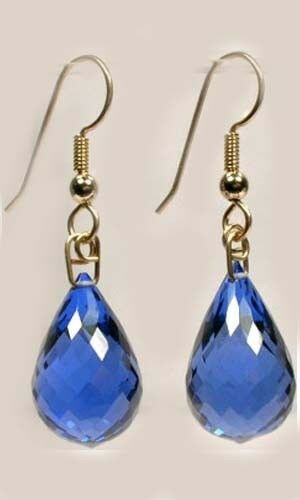-40%
Murmansk Russia 4ct+ Fluorite Gem of Roman Pompeii Augustus Nero Jupiter Temple
$ 73.91
- Description
- Size Guide
Description
Genuine Natural Russian Four Carat Faceted Mint/Teal Green Fluorite Semi-Precious Gemstone.CLASSIFICATION:
Faceted Green Fluorite Oval.
ORIGIN:
Murmansk, Russia. Cut in Yekaterinburg, Siberia, Russia.
SIZE
: Length: 11mm. Width: 9mm. Depth: 6mm. All measurements approximate.
WEIGHT
: 4.06 carats.
NOTES
: Upon request we can set your gemstones as a ring, pendant, or as earrings (click
here
for more information).
DETAIL:
Pliny the Elder, the ancient first century Roman naturalist and historian, wrote of fluorite in 77 A.D. in his encyclopedia of natural history. Pliny describes fluorite as one of the world’s most precious gemstones, and describes its healing and magical properties. Pliny also relates an account of a particularly fine fluorite gemstone which was purchased by the Roman Emperor Nero (for the equivalent of about 0,000 in today’s dollars). Ancient Roman sources also relate other mentions of fluorite, including six valuable vases taken by the Roman Emperor Augustus from the pharaoh’s palace in Alexandria, Egypt. Roman sources also tell of an even earlier incident where Julius Caesar’s predecessor “Pompey the Great” took six fluorite vases from Mithridates' treasure and installed them in the temple of Jupiter. Recent archaeological excavations in the ruins of Pompeii have uncovered artifacts of carved fluorite.
Most everyone is familiar with fluoride used in many countries in drinking water as a preventative measure to combat tooth decay. It has also been useful to orthopedic specialists in the treatment of bone disease and in preventing and reversing damage to RNA and DNA. And who has not heard of fluorescent lighting or fluorescent (“glow in the dark”) toys and light wands? Fewer will know that fluorite has also been used since ancient times as a flux to aid in the smelting of metals. But who would guess that fluorite was popular for use in gemstones and gemstone carvings in ancient Egypt where it was used in the production of scarab amulets? Even through Renaissance and Victorian Europe colorful fluoride gemstones were very popular in their regal purple varieties; as well as a very famous and now frightfully rare banded purple and yellow variety from England!
This particular gemstone originated from the region of Murmansk in Northern Russia, and was cut in Yekaterinburg, Russia, in the Ural Mountains of Siberia. From straight on the color is a very handsome teal green. But the color immediately shifts to a bright “mint julep” green as soon as the gemstone is observed from any angle other than straight on. Fluorite is valued for its color, and while the better grade gemstones are transparent, as is this gemstone, they nonetheless typically possess blemishes. This gemstone is rather the exception to the rule, as to the eye, even upon close scrutiny, there are no blemishes discernible. There are large deposits of fluorite in Siberia and Northwest Russia and it has often been used in the jewelry produced for Russia’s babushkas (grandmothers).
Siberian fluorite is very popular and has been for centuries. However the more famous and costly fluorite used in the jewelry of the Czar’s was that which originated in Bavaria or another famous variety from England. This gemstone looks very much like Siberian emerald or green amethyst. It is colored a rather light mint green, with just a very slight suggestion of teal green undertones. It rather depends upon the light source and intensity, as under bright light it is definitely a very sparkly mint green, unless viewed head on in which case the teal green predominates. However in dim lighting, the mood changes a little, and there again the teal green undertones are more pronounced.
This gemstone possesses superb luster and sparkle, and to the eye is completely transparent, but it is not absolutely flawless. True, the blemishes it possesses are not visible to the naked eye, and the gemstone can be characterized at a minimum, to use trade jargon, as "eye clean". To the eye it is indeed flawless; however magnified as it is here in the accompanying photo enlargements you might be able to just barely pick out one or two slight blemishes within the gemstone, barely perceptible even at such high magnification. Of course the same may said about almost any natural gemstone. An absolutely flawless gemstone simply is not the rule in nature. Most absolutely flawless gemstones will upon close examination be revealed to be synthetic.
FLUORITE HISTORY:
The ancient Egyptians were probably the first to use fluorite as a gemstone, both in the carving of statues as well as in the production of scarab amulets. The ancient Chinese also employed fluorite for gemstone carvings. There are many mentions of fluorite in ancient Roman texts. Pliny the Elder, the ancient first century Roman naturalist and historian, wrote of fluorite in 77 A.D. in his encyclopedia of natural history. Pliny describes fluorite as one of the world’s most precious gemstones, and describes its healing and magical properties. Pliny also relates an account of a particularly fine fluorite gemstone which was purchased by the Roman Emperor Nero (for the equivalent of about 0,000 in today’s dollars).
Ancient Roman sources also relate other mentions of fluorite, including six valuable vases taken by the Roman Emperor Augustus from the pharaoh’s palace in Alexandria, Egypt. Roman sources also tell of an even earlier incident where Julius Caesar’s predecessor “Pompey the Great” took six fluorite vases from Mithridates' treasure and installed them in the temple of Jupiter. There are also descriptions in Roman literature attesting to the “fact” that drinking alcoholic beverages from vessels carved of fluorite kept the drinker from becoming intoxicated. Recent archaeological excavations in the ruins of Pompeii have uncovered artifacts of carved fluorite. In America archeologists discovered a figurine carved of fluorite from the Mississippi Moundbuilders era, dating between 900 and 1650 A.D.
The name fluorite is derived from the Latin “fluo” or “fluere”, meaning “to flow”, in reference to its industrial use as flux in the smelting of metallic ores (written records describing such use date back to 1530 A.D.). Some of the more significant sources of fluorite in the ancient world included mines in Bavaria (and elsewhere in Germany), Bohemia, Austria, Italy, Norway, Spain, Hungary, Switzerland, Russia, Kazakhstan, China, Mongolia, Kenya, South Africa, Namibia, Canada, Mexico, and some very popular and valuable multi-colored banded deposits in Castledon, Derbyshire, England. These deposits yielded fluorite known as “Derbyshire Blue John”, beautiful purple-blue and yellow fluorite which was used for ornamental purposes.
The deposits of “Blue John” fluorite were mined by the Romans after the conquest of Britain, and then continued to be extensively mined up until the nineteenth century when the deposits were exhausted (though a few hundred pounds a year are still produced). The name “Blue John” derives from french "bleu et jaune" (blue and yellow) characterizing its color. It is now scarce, and only a few hundred kilograms are mined each year for use in jewelry production. In previous centuries miners in Saxony called this gemstone “ertsblaume”, or "ore flower", because its presence often indicated the proximity of more valuable gemstones. Green fluorite was also known in centuries past as "Transvaal" or "South African" emerald.
Fluorite (also called “fluorspar”) is a mineral with a veritable bouquet of brilliant colors ranging from purple and blue through green, yellow, pink and reddish orange, deservedly reputed as “the most colorful mineral in the world”. It is also prized for its glassy luster. Most specimens of fluorite have a single color, but a significant percentage of fluorite gemstones have multiple colors, and the colors are arranged in bands or zones that correspond to the shapes of fluorite's crystals. To top it all off, fluorite is frequently fluorescent, phosphorescent, and even luminescent (will change color when warmed, sometimes even merely by being held). In fact the term “fluorescent” as in fluorescent light tubes is derived from the name “fluorite”. Fluorite lenses are also used in telescopes, microscopes, and cameras.
Throughout the history of the ancient world, gemstones were believed capable of curing illness, possessed of valuable metaphysical properties, and to provide protection. Found in Egypt dated 1500 B. C., the "Papyrus Ebers" offered one of most complete therapeutic manuscripts containing prescriptions using gemstones and minerals. Gemstones were not only valued for their medicinal and protective properties, but also for educational and spiritual enhancement. In the ancient world it was believed that fluorite was crystallized light, and as such, could bring light into the brain (enlightenment). Ancient peoples also believed that fluorite would provide protection to the wearer traveling dangerous paths or roads. Some ancient cultures believed that fluorite deposits were the “home” of rainbows when they were not found in the sky; that (given their brilliant color banding), rainbows sprang from the ground (or terminated in the ground) wherever fluorite deposits were found.
In the eighteenth century, fluorite was powdered in water to relieve the symptoms of kidney disease. In the contemporary world, fluorite is used medicinally in the treatment of bones, teeth (the source of fluoridation in drinking water), and is utilized in the human body’s cell structure. It also has been used to assist in the prevention and repair of RNA and DNA damage, and is also believed by some homeopaths to be effective in the treatment of stomach ulcers, “heartburn”, acid reflux, liver disorders, high cholesterol, colds, headaches, flu, viral infections, spinal injuries, arthritis, ear, nose and throat disorders, and respiratory ailments such as bronchitis, emphysema, pleurisy, and pneumonia. It is also said to rekindle sexual appetite, and is also said to enhance the immune system, and laid upon flesh, it is claimed that it will absorb pain from the region upon which it is laid.
Spiritualists purport that fluorite can be used as a scrying (viewing the future) tool by viewing a candle flame through the stone, and also can aid in visions of past lives and astral travel. It is also said to eliminate the discord that causes infection and disease. This mineral's energy is purported to help the evolution of harmonious, peaceful and organized spiritual growth, as well as to aid in balancing hormones in women. Fluorite is also believed to not only balance and focus positive energies but to absorb, alter, and release negative energies. It has been said to help clear the mind and heighten mental achievement while increasing the ability to concentrate and enhancing meditation. Also, that it helps one to see the truth behind illusion, enable dispassionate decisions and considerations, and enhance the wearer’s intuition.
Fluorite is also believed to strengthen the wearer’s analytical and creative abilities, as well as enhance their ability to concentrate, enabling the wearer and grasp higher, more abstract concepts. Some sources say that Fluorite lessens the wearer’s fear of failure while also boosting self confidence and belief in their abilities. Fluorite is also believed to foster objectivity, truth, harmony, and attract wealth and abundance. Last it is believed effective in treating emotional disorders such as substance abuse (detoxification), anxiety, insomnia, disorganization, disruptive behavior, desperation, depressions, and anger. Purple fluorite in particular is said to increase psychic awareness, green fluorite to aid in spiritual healing, blue fluorite to empower the wearer with clear, concise communicative skills, and yellow fluorite to enhance creativity and intellect.
Domestic shipping (insured first class mail) is included in the price shown. Domestic shipping also
includes
USPS Delivery Confirmation (you might be able to update the status of your shipment on-line at the
USPS Web Site
). Canadian shipments are an extra .99 for Insured Air Mail; International shipments are an extra .99 for Air Mail (and generally are NOT tracked; trackable shipments are EXTRA).
ADDITIONAL PURCHASES
do receive a
VERY LARGE
discount, typically about per item so as to reward you for the economies of combined shipping/insurance costs. Your purchase will ordinarily be shipped within 48 hours of payment. We package as well as anyone in the business, with lots of protective padding and containers.
We do NOT recommend uninsured shipments, and expressly disclaim any responsibility for the loss of an uninsured shipment. Unfortunately the contents of parcels are easily “lost” or misdelivered by postal employees – even in the USA. If you intend to pay via PayPal, please be aware that PayPal Protection Policies REQUIRE insured, trackable shipments, which is INCLUDED in our price. International tracking is at additional cost. We do offer U.S. Postal Service Priority Mail, Registered Mail, and Express Mail for both international and domestic shipments, as well United Parcel Service (UPS) and Federal Express (Fed-Ex). Please ask for a rate quotation. We will accept whatever payment method you are most comfortable with. If upon receipt of the item you are disappointed for any reason whatever, I offer a no questions asked return policy. Send it back, I will give you a complete refund of the purchase price (less our original shipping costs).
We travel to Russia each year seeking antique gemstones and jewelry from one of the globe’s most prolific gemstone producing and cutting centers, the area between Chelyabinsk and Yekaterinburg, Russia. From all corners of Siberia, as well as from India, Ceylon, Burma and Siam, gemstones have for centuries gone to Yekaterinburg where they have been cut and incorporated into the fabulous jewelry for which the Czars and the royal families of Europe were famous for. My wife grew up and received a university education in the Southern Urals of Russia, just a few hours away from the mountains of Siberia, where alexandrite, diamond, emerald, sapphire, chrysoberyl, topaz, demantoid garnet, and many other rare and precious gemstones are produced. Though perhaps difficult to find in the USA, antique gemstones are commonly unmounted from old, broken settings – the gold reused – the gemstones recut and reset.
Before these gorgeous antique gemstones are recut, we try to acquire the best of them in their original, antique, hand-finished state – most of them centuries old. We believe that the work created by these long-gone master artisans is worth protecting and preserving rather than destroying this heritage of antique gemstones by recutting the original work out of existence. That by preserving their work, in a sense, we are preserving their lives and the legacy they left for modern times. Far better to appreciate their craft than to destroy it with modern cutting. Not everyone agrees – fully 95% or more of the antique gemstones which come into these marketplaces are recut, and the heritage of the past lost. But if you agree with us that the past is worth protecting, and that past lives and the produce of those lives still matters today, consider buying an antique, hand cut, natural gemstone rather than one of the mass-produced machine cut (often synthetic or “lab produced”) gemstones which dominate the market today.
Our interest in the fabulous history of Russian gemstones and the fabulous jewelry of the Czar’s led to further education and contacts in India, Ceylon, and Siam, other ancient centers of gemstone production and finishing. We have a number of “helpers” (family members, friends, and colleagues) in Russia and in India who act as eyes and ears for us year-round, and in reciprocity we donate a portion of our revenues to support educational institutions in Russia and India. Occasionally while in Russia, India, Siam, and Ceylon we will also find such good buys on unique contemporary gemstones and jewelry that we will purchase a few pieces to offer to our customers here in America. These are always offered clearly labeled as contemporary, and not antiques – just to avoid confusion. We can set most any antique gemstone you purchase from us in your choice of styles and metals ranging from rings to pendants to earrings and bracelets; in sterling silver, 14kt solid gold, and 14kt gold fill. When you purchase from us, you can count on quick shipping and careful, secure packaging. We would be happy to provide you with a certificate/guarantee of authenticity for any item you purchase from me. There is a fee for mailing under separate cover. Please see our
"ADDITIONAL TERMS OF SALE."
